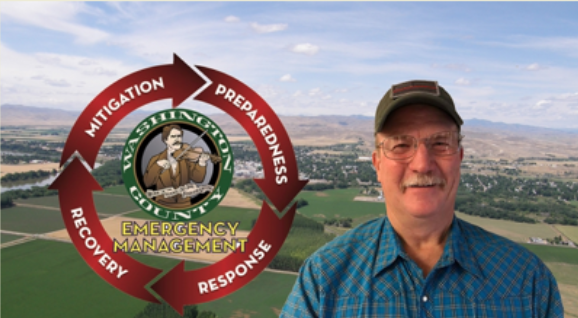The human body is comprised of around 65% moisture! This in itself should make us consider water one of the most important elements for supporting life. We tend to take water for granted, we turn the handle and the water flows. What do we do if the water doesn’t flow? The average person can survive 3 days without water with very minimal exertion, however the more we exert the more water we require. The average person requires 1 gallon of water per day just for consumption. If water is needed for hygiene and other purposes that quickly turns to 3 gallons per day per person, this rule applies to all ages.
What are some reasons the water won’t flow? How about natural disasters such as floods, major cold events where everything freezes up, major power outages and how about contamination, this may include chemicals, pathogens and viruses. We’ve heard of entire municipalities being put under a boil order due to old pipes or something getting into the system that normal methods of making water safe aren’t enough. Most public water systems have very good methods to serve their customers however things happen that are sometimes beyond their control. If a major power outage happens if the fuel to power backup generators becomes very limited the water will become very limited also.
Let’s look at the different types of water we need. First we need water to drink and cook with. This water needs to be purified as not to introduce harmful bacteria, viruses and parasites that can make us very sick. The second type of water can be classified as use water for cleaning, sanitation and general use, this water doesn’t necessarily need to be purified but should be as clean as possible.
How do we harvest water? If we have our own well maybe we can use a generator to power that well, but if we run out of fuel can we access that water using a hand pump or a bailing bucket? (A bailing bucket is designed to be lowered into a well and fill and draw to the top where it is poured into another vessel for usage, most bailing buckets only retrieve 1 to 2 gallons of water depending on diameter and depth of the well). Lifting a 2 gallon bucket of water from a depth of 100 ft. would be very strenuous work. We can collect rain water but we are at the mercy of nature and in our local area sometimes it can be a long time between rain storms. We have to have containers to store extra water in and that water would need to be purified for consumption. If there are streams, lakes and other surface water sources these would all need to be purified for consumption.
Let’s get into how we would purify water. All water should be strained through a screen to remove large particles such as grass, sticks, moss and other debris, using cheese cloth or some sort of mesh material works well. One of the most common methods would be boiling the strained water, it is recommended to boil at a strong boil for a minimum of one minute. However, a good policy would be to boil for 10 minutes at a rolling boil. Another method would be charcoal filters. These can be devised at home but take considerable time to make and trial and error to produce quality palatable water to consume. Commercial filters are becoming popular, some of these are portable large straws that have limited capacity but are quick and easy to use. You would need one for every person in your party. Most of these can filter between 20 gallons and 1000 gallons depending on water clarity and brand of straw. There are also water filtration bottles that you can carry water in these devices and a filter within the bottle to make the water safe to drink. Also there are stand-alone water filter systems that have a reservoir on top that you fill and the water passes through filters and is captured in a lower reservoir for final consumption. There are many different sizes of these filter systems depending on the volume water required, because these are larger systems they can filter a larger volume of water. Common brands will filter 3000 gallons per filter with some having a 4 filter system that would be able to treat 12,000 gallons. I would recommend that every home have some sort of system like this for emergency preparations. Next there are chemical methods for making water safe to drink. There are tablets that can be added, however these are pretty expensive and take considerable time to work making them ok but not really a long term solution. Another method is to add chlorine bleach at a rate of 8 drops per gallon of 6% bleach or 6 drops per gallon of 8.25% bleach and allow to stand for a minimum of 30 minutes. There should be a slight chlorine smell to the water. Be sure not to use scented, color safe or bleaches with other cleaners in them. Another method is ultra-violet light. There are wands that are battery powered or you can actually put water in a glass container in direct sunlight for a minimum of 8 hours and will be safe to drink; however, care should be taken to remove as much sedimentation as possible. These are some of the more common methods to make water safe to consume.
Now is the time to determine what your backup water sources are and how you would make them safe for use. Take time to learn as much as you can about water harvesting and how to make it safe to drink. Under emergency circumstances getting sick from contaminated water will only compound your problems. If water services are down there is a very high likelihood that other services will be impacted also. Take time to develop a plan and practice it, after an emergency has taken place is not the time to learn what will and will not work.
The new normal for preparation is 2 weeks, so a family of 4 should have 168 gallons of water accessible. With 56 gallons being potable drinking water and the remainder for cleaning and hygiene. The goal is to thrive during emergency situations not just survive.



































